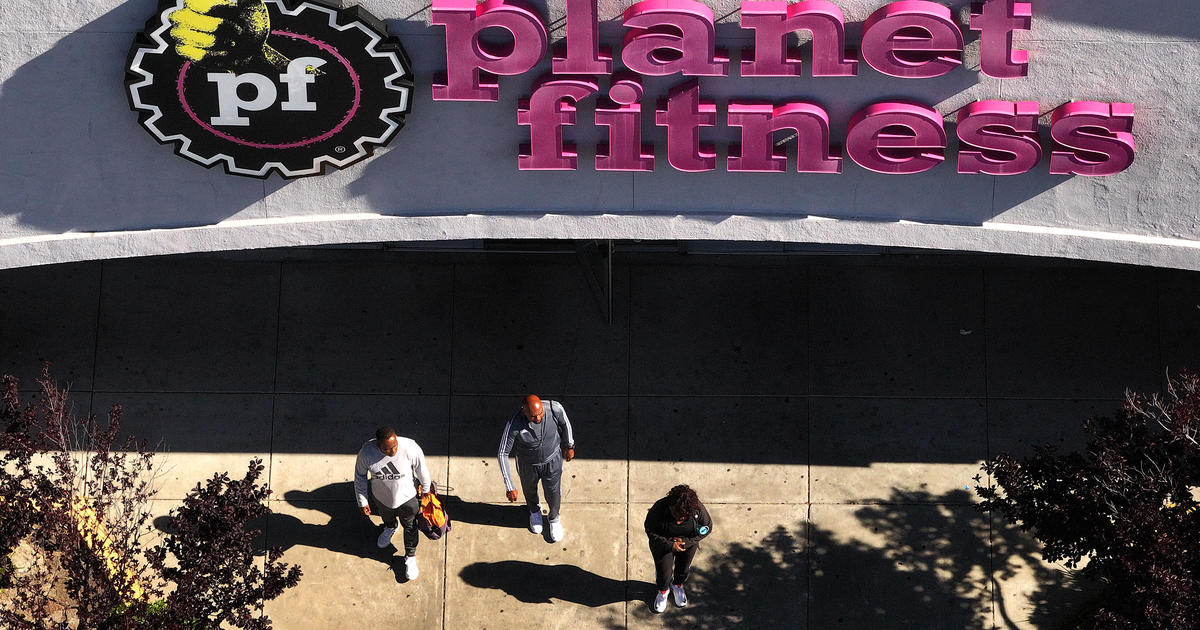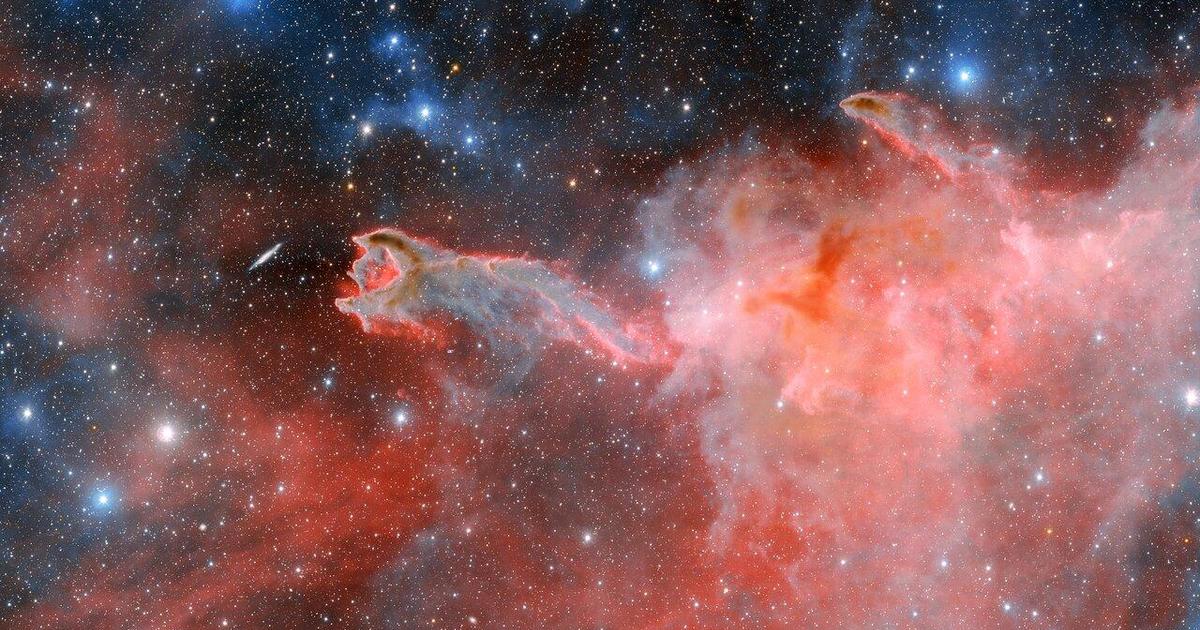SpaceX Crew Dragon capsule, 4 astronauts lift off to space station
After a one-day delay, a SpaceX Falcon 9 rocket lifted off Friday to boost a Crew Dragon capsule carrying four astronauts into orbit for a one-day trip to the International Space Station.
Liftoff from pad 39A at the Kennedy Space Center occurred right on time at 5:49 a.m. EDT, setting up an automated rendezvous and docking at the space station early Saturday.
The SpaceX "Crew-2" flight will mark only the third launch of NASA astronauts from U.S. soil since the space shuttle's retirement 10 years ago. It is the second operational flight under NASA's Commercial Crew Program and the first to use a previously-flown first stage booster and a refurbished Crew Dragon capsule making its second flight.
The Falcon 9 and Crew Dragon are central to NASA's goal of ending the agency's sole reliance on Russia to ferry astronauts to and from the station aboard Soyuz spacecraft at up to $90 million a seat. And reusability "absolutely lowers cost," NASA's acting administrator, Steve Jurczyk, told CBS News.
"We went through a pretty exhaustive process with SpaceX to look at what we needed to refurbish on those systems, and go through (the) engineering reviews to make sure they're safe to fly. And I think the team did an awesome job."
Commander Shane Kimbrough, Megan McArthur, European Space Agency astronaut Thomas Pesquet and Japanese flier Akihiko Hoshide had planned to take off Thursday, but predicted high winds and rough seas along the Crew Dragon's northeasterly flight path prompted mission managers Wednesday to order a 24-hour delay.
The weather was, in fact, no-go Thursday, but the forecast for Friday called for a 90% chance of good conditions at the launch site and moderate winds and waves off shore along a track from Florida's east coast to the north Atlantic Ocean where the crew could be forced to ditch in a launch emergency.
But if all goes well as expected, the Crew Dragon capsule, which carried McArthur's husband, astronaut Bob Behnken, into orbit last May, will be released into orbit to fly on its own about 12 minutes after liftoff.
Kimbrough and company, all space veterans, will configure the ship for orbital flight and monitor the initial thruster firings in a computer-controlled rendezvous sequence before calling it a day at 2 p.m. Docking at the space station's forward port is expected at 5:10 a.m. Saturday.
Standing by to welcome the Crew-2 astronauts aboard will be Soyuz MS-18/64S commander Oleg Novitskiy, Pyotr Dubrov and NASA astronaut Mark Vande Hei, launched to the outpost April 9, and Crew-1 astronauts Michael Hopkins, Victor Glover, Shannon Walker and Japanese astronaut Soichi Noguchi. They were launched last November in the first operational flight of a Crew Dragon.
The arrival of the Crew-2 astronauts will briefly boost the lab's crew from seven to 11, two shy of a record set during two shuttle visits during the station's assembly. The outpost has seven sleeping compartments, two in the Russian segment and five used by NASA and partner-agency astronauts.
That will force the Crew-2 astronauts to "camp out" around the station until Hopkins, Glover, Walker and Noguchi undock and return to Earth on April 28 to close out a 164-day mission.
"Some of them will be in bunks in the Dragons, we'll have actually two Dragons docked for the first time," Jurczyk said, "and some of them will be camping out in some of the modules. So there will be a little bit of camping going on."
Before departing, space station commander Walker plans to turn the lab over to Hoshide, who will be the astronaut in command during the Summer Olympics in Tokyo.
All seven crew members face a particularly busy six months in space with multiple U.S. and Russian spacewalks planned, the arrival of four cargo ships loaded with science gear, crew supplies, spare parts and new roll-out solar array blankets needed to boost the lab's power.
Four NASA-planned spacewalks will be needed to install two sets of IROSA solar blankets and two cosmonaut outings are planned to make connections between the station and a new Russian laboratory module that's scheduled for launch in mid July atop a powerful Proton rocket.
To make way for the new laboratory compartment, the cosmonaut crew plans to jettison the station's Pirs docking and airlock compartment, using an attached Progress supply ship to drive it back into the atmosphere. After the lab module is docked in place of Pirs, Novitskiy, Dubrov and Vande Hei will strap into their Soyuz and fly it to docking at a port on the newly-arrived lab.
The Crew-2 astronauts and the Soyuz MS-18/64S crew will return to Earth in late September and mid October respectively.





